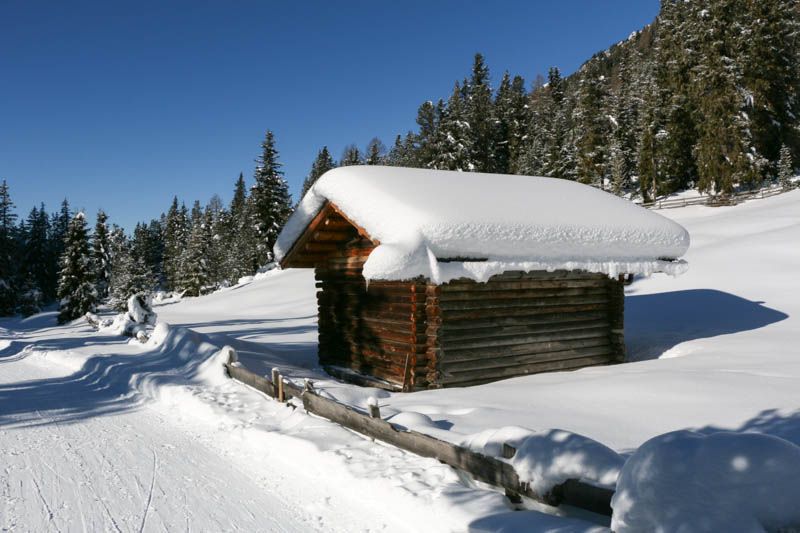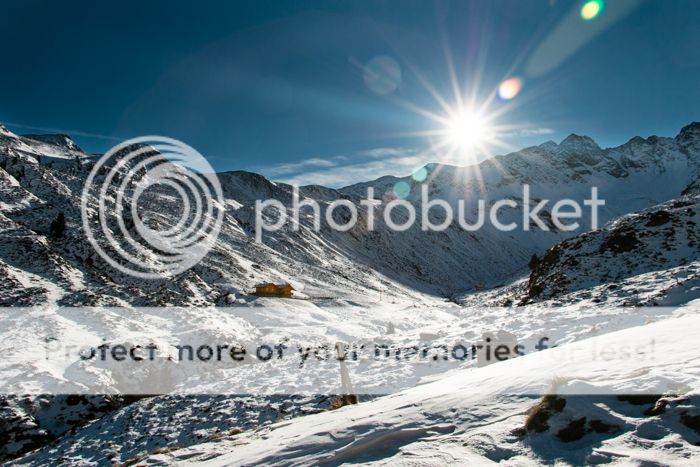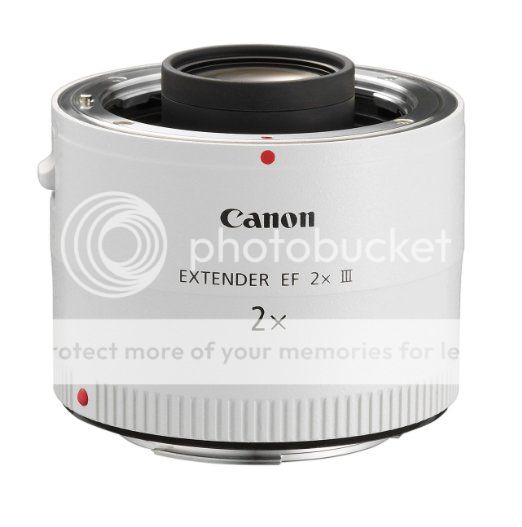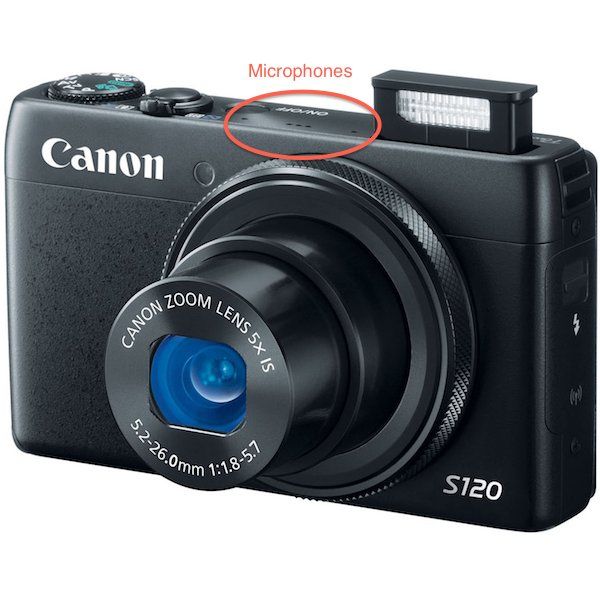How To Shot A Unique Wedding Film With Canon Gear
The Canon Digital Learning Center published a video with wedding cinematographer Joe Simon about how to shot an unique wedding film with Canon EOS equipment.
Join wedding cinematographer, Joe Simon, as he shares his views and techniques for shooting a stylistic wedding video using Canon’s Cinema EOS and HDSLR cameras. Joe also discusses his experiences using the new Dual Pixel AF feature upgrade available for the EOS C100, and how it has improved his shots by opening up the potential for more dynamic camera movement and focus effects.
In this video you will also learn:
- One-shot AF improvements with the Dual Pixel AF feature upgrade
- Continuous AF improvements with the Dual Pixel AF feature upgrade
- AF Lock and unlock functionalities, and how to take advantage of them
- Joe’s approach to camera setup for filming the ceremony and first dance
- Which camera support systems Joe uses for weddings, and why





